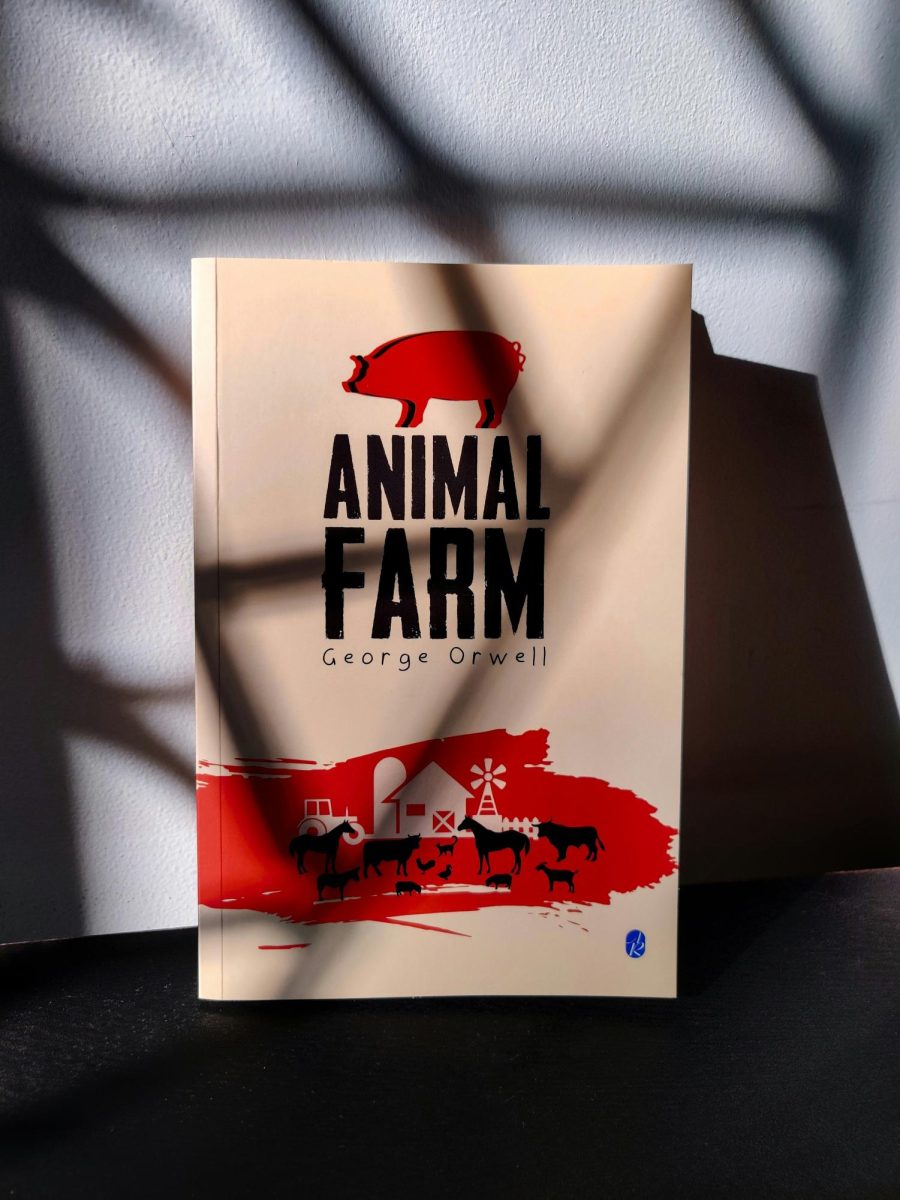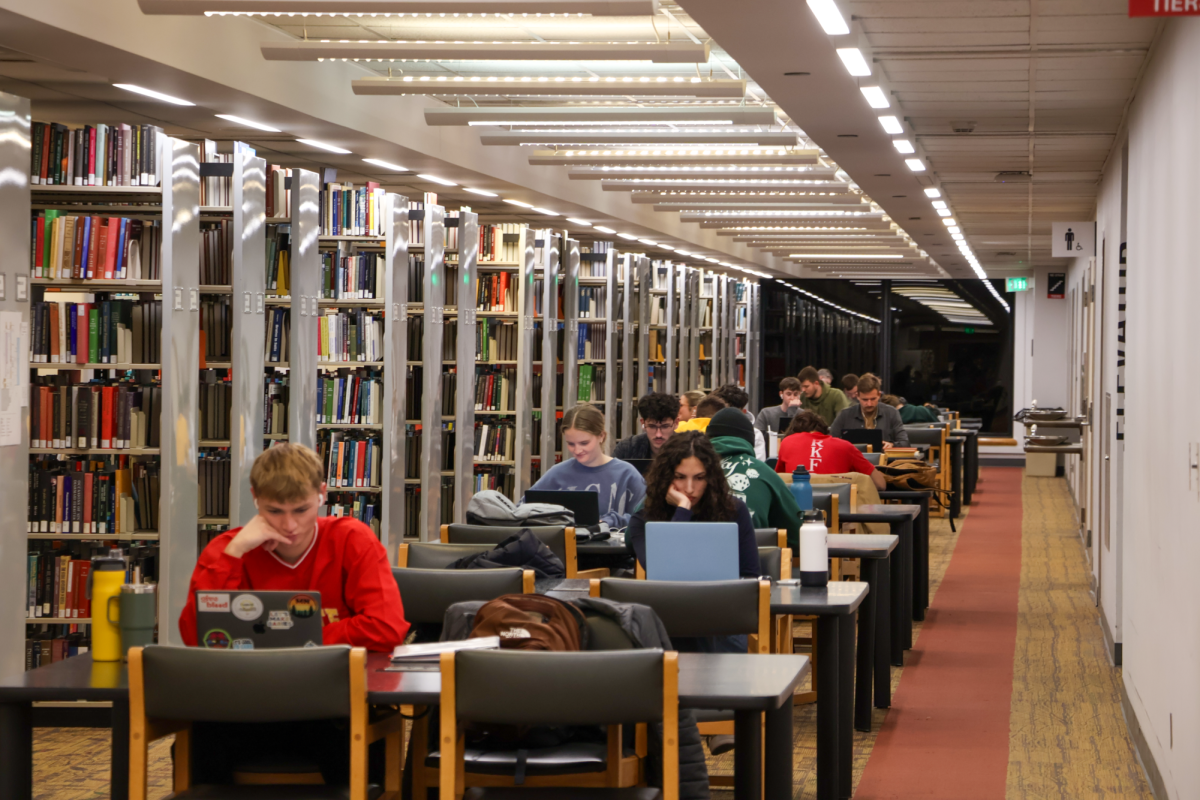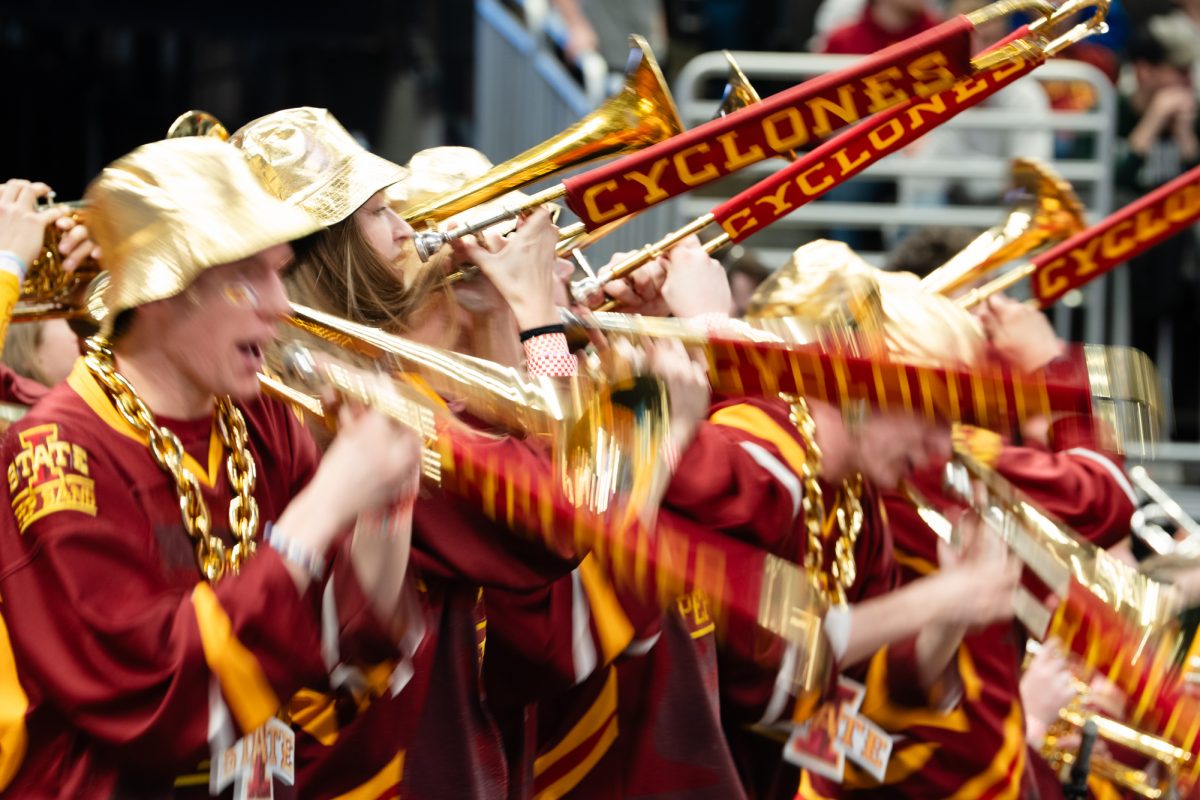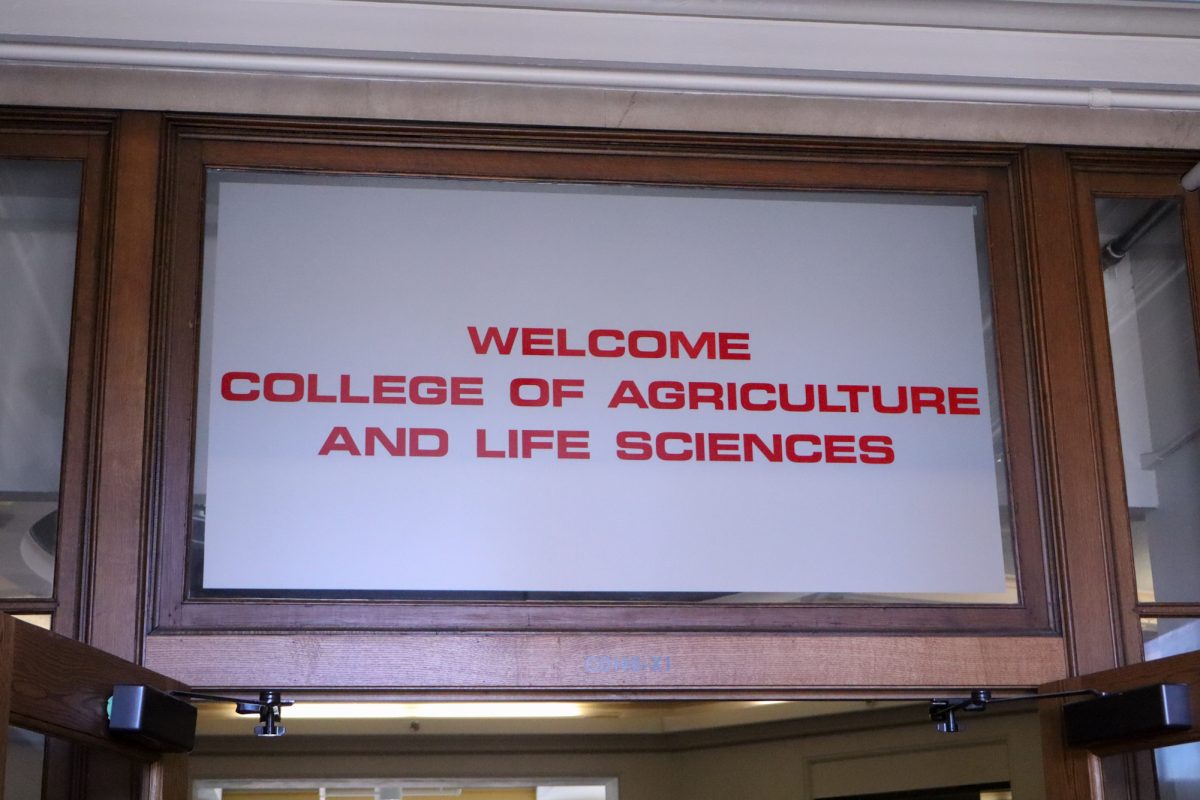Latinx film series ends with film about Puerto Rico
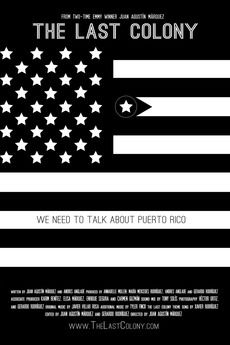
Parks Library showed the film “The Last Colony” by Juan Agustin Marquez as part of Latinx Heritage Month. The film focused on the fourth status plebiscite in 2012.
October 10, 2019
Leading up to the 2012 plebiscite, Puerto Ricans were embroiled in competition for the territory’s status. Afterward, it remained the same.
As part of Latinx Heritage Month, Parks Library presented four films pertaining to Latinx experience in the United States. The fourth and final film, “The Last Colony,” was shown Thursday to a room of 12 people.
The film followed Juan Agustin Marquez as he spoke with experts on the three major Puerto Rican political parties leading up to the 2012 plebiscite.
A “plebiscite” is “a vote by which the people of an entire country or district express an opinion for or against a proposal especially on a choice of government or ruler,” according to the Merriam-Webster dictionary.
On Nov. 6, 2012, a fourth status plebiscite took place, consisting of two questions. The first question asked voters whether they wanted to maintain the existing commonwealth status under the territorial clause of the U.S. Constitution or if they preferred a nonterritorial option. The second question asked voters which would be the preferred alternative if a nonterritorial option was wanted, giving voters the choice between three nonterritorial alternatives: statehood, independence or free association.
In the film, the experts from each political party explained why the party supported their chosen options on the plebiscite.
For Puerto Ricans who wanted to maintain the current relationship with the U.S. and remain a commonwealth, they would vote “no” on the plebiscite.
In the film, the experts saw this as a middle ground. Puerto Ricans would be able to keep their cultural identity without being completely assimilated into the U.S. while also being able to keep their U.S. citizenship and their current rights.
The Popular Democratic Party (PPD), one of the three major political parties, supported this vote.
For those Puerto Ricans who wanted to tighten the relationship with the U.S. and become the 51st state, they would vote “yes” and then “statehood” on the plebiscite.
The experts saw statehood as one of two ultimate ideals, the other being independence. For those who are for statehood, they gave many reasons. Supporters wanted all the rights of U.S. citizens, including the ability to vote for president, as well as have a better quality of life. They wanted full representation in U.S. legislation, which directly affects them but they have no say in. Their hope was by becoming a state, more investments and economic growth would come to Puerto Rico, which is poorer than the poorest state.
The New Progressive Party (PNP), one of the three major political parties, supported this vote.
For those Puerto Ricans who wanted complete separation from the U.S. and to become their own nation, they would vote “yes” and then “independence” on the plebiscite.
The experts saw independence as the other ultimate ideal. In the film, they explained Puerto Ricans are a different nationality than mainland Americans and they “don’t like foreigners ruling our land.” Through independence, they hoped to gain true self-government and finally rule themselves after being under another country’s rule for hundreds of years.
The experts explained how they did not want to lose their cultural identity and because the U.S. is viewed as a melting pot, they would have to give up what makes them Puerto Rican in order to become a state.
The Puerto Rican Independence Party (PIP), one of the three major political parties, supported this vote.
For those Puerto Ricans who wanted to become self-sufficient, but still remain in a close relationship with the United States, they would vote “yes” and then “sovereign free association” on the plebiscite.
In the film, the experts viewed this as a step up from the current status of the commonwealth. As a sovereign free associated state, Puerto Rico would be its own nation but would be interdependent on the U.S. This would allow Puerto Rico to be self-sufficient but negotiate with the U.S. on how citizenry and other statuses worked.
Ten days after the 2012 plebiscite, on Nov. 16, 2012, the Electoral Commission reported 54 percent voted “no” on preserving Puerto Rico’s territorial status, the first part of the referendum. On the second part, where voters were asked to choose between statehood, independence and free association, 61.2 percent chose statehood, while 33.3 percent preferred free association and 5.5 percent voted for independence.
These results have been challenged by observers who noted nearly 500 thousand blank ballots were ignored in the reporting by the pro-statehood PNP. This was contrary to previous Puerto Rico court rulings that affirmed blank ballots should be considered as “none of the above” when that option was not offered on the ballot. Following these judicial precedents, the results would reflect that statehood was favored by 44.4 percent of the ballots cast, while 55.6 percent were opposed.
On Dec. 11, 2012, the pro-statehood 16th Legislative Assembly of Puerto Rico passed a concurrent resolution to request the President and the Congress of the United States to begin the process to admit Puerto Rico to the Union as a State.
“The time has come for our star to shine among the others on the flag of the United States,” said Pedro Pierluisi, then resident commissioner of Puerto Rico.
At the U.S. Senate hearing on August 1, 2013, there were three representatives from Puerto Rico, including Pierluisi and then governor of Puerto Rico Alejandro García Padilla.
The three representatives each gave a different view on the plebiscite’s outcomes and created confusion among the U.S. Senate committee members.
On Dec. 13, 2013, the U.S. Senate committee approved a concurrent resolution that stated, in part, “On November 6, 2012, a plebiscite took place in Puerto Rico concurrent with the general elections whose results were inconclusive since none of the options garnished a majority of votes.”
After all the voting and U.S. Senate hearings, Puerto Rico gained no ground and ended up remaining as a commonwealth still to today.
After the film, there was a discussion among attendees facilitated by Jose Antonio Rosa, a professor in marketing at Iowa State.
Rosa, who is a Puerto Rican himself, focused the discussion on the “What if?” idea of Puerto Rico actually becoming a state.
He said there are 21 states that have less than seven total representatives, including both senators and house representatives. If Puerto Rico would become a state, it would have more representation in U.S. legislation than those 21 states, including Iowa.
This would cause other states to lose representation due to the House of Representatives only allowing 435 voting members for the entire 50 states. So states like Illinois and Michigan, whose populations have been decreasing recently, would lose at least one representative.


